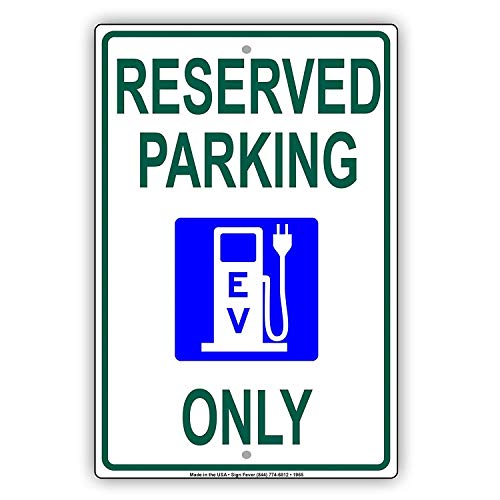Trex
Well-known member
Hi,
I am using a Premium fuel called Premium 98 in my Phev mainly for the benefit of a cleaner fuel system, ie carbon deposits buildup, and it appears to give a slightly better fuel consumption than regular.
I should clarify this with I had problems with our previous car, a Prius, where the fuel injectors would clog up with carbon deposits and would "misfire" on 3 cylinders (and that would shake the car and sound bloody horrible) not long (about 4 or 5 months) after we bought it new. This was using Regular petrol . Anyway got the fuel injectors replaced under warranty, after our dealer went into bat for me, and the head mechanic at dealer suggested using additives (from Toyota), which I did once at about $30 a bottle (does 2 tanks of fuel), but from then on started using Premium petrol. Never had a problem again in the 4 years after we had this experience.
In the Phevs case seeing I am not using much fuel anyway ( about 90% ev ), but it is 8 cents a litre dearer, I have kept using Premium petrol.
Anyone else? Or am I just wasting my money?
Regards Trex.
I am using a Premium fuel called Premium 98 in my Phev mainly for the benefit of a cleaner fuel system, ie carbon deposits buildup, and it appears to give a slightly better fuel consumption than regular.
I should clarify this with I had problems with our previous car, a Prius, where the fuel injectors would clog up with carbon deposits and would "misfire" on 3 cylinders (and that would shake the car and sound bloody horrible) not long (about 4 or 5 months) after we bought it new. This was using Regular petrol . Anyway got the fuel injectors replaced under warranty, after our dealer went into bat for me, and the head mechanic at dealer suggested using additives (from Toyota), which I did once at about $30 a bottle (does 2 tanks of fuel), but from then on started using Premium petrol. Never had a problem again in the 4 years after we had this experience.
In the Phevs case seeing I am not using much fuel anyway ( about 90% ev ), but it is 8 cents a litre dearer, I have kept using Premium petrol.
Anyone else? Or am I just wasting my money?
Regards Trex.


































